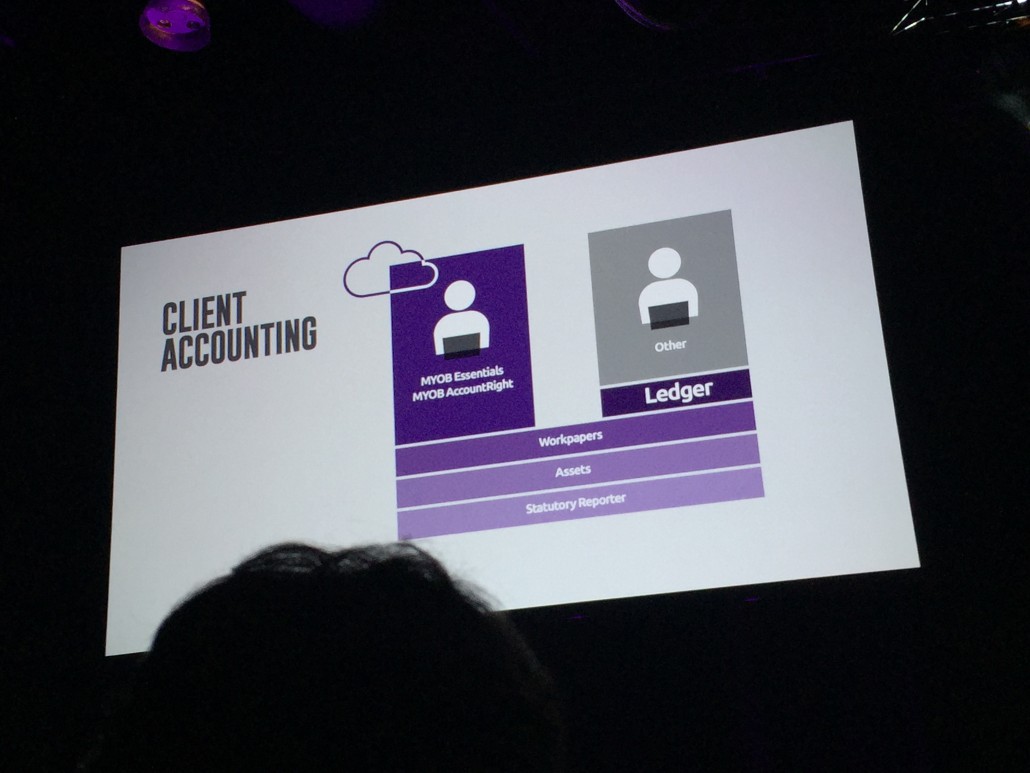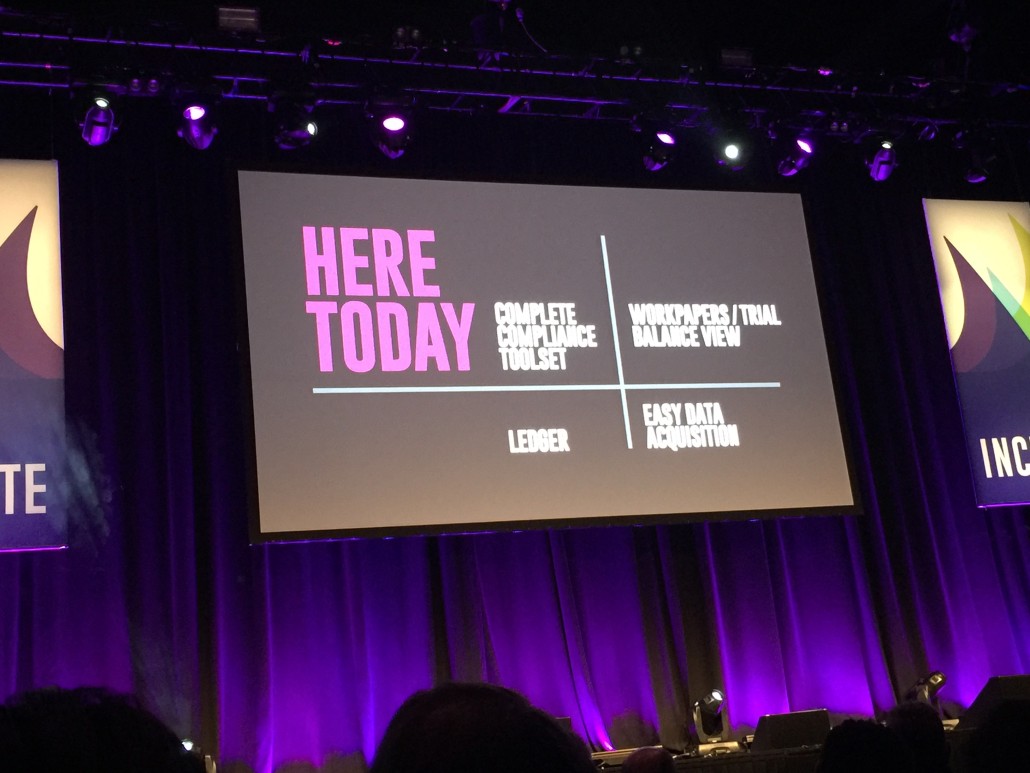MYOB Dragged Bookkeeping into The Modern, Computerised Era
‘Relentless innovation’ Acuity (February 2016): 23-26. Print
MYOB have published an article in Acuity Magazine outlaying their future strategy. There are of the opinion that R & D is essential and they will be part of Innovation and are spending 13-16% of their annual revenue on R & D.
When it launched in 1991, MYOB was the ultimate industry disruptor. Before then, bookkeeping had meant scratching away at ledgers with pencils and paper.
Now an established ASX-listed company with market capitalisation of A$2b, MYOB now faces the prospect of disruption itself from hungry new competitors.
But under chief executive and former Silicon Valley executive Tim Reed, MYOB has shifted into a relentless, ongoing culture of innovation that has seen it successfully remain ahead of its own industry’s disruption curve – cloud, or online, accounting.
This innovative excellence was recognised when the company was named Australia’s Most Innovative Large Company 2015 by Business Review Weekly, and ranked second in the magazine’s overall list of 50 most innovative companies.
It’s easy to think that innovation involves quick wins and new ideas. But MYOB’s innovation is grounded in years of hard work and the embedding of cultural practices across every aspect of the company.
“We believe innovation is a path to our success,” Reed says. “But innovation isn’t something that is done in a lab. It’s done by the entire team. It’s about never resting, never settling, and continually questioning.”
Reed himself has worked in the epicentre of innovation and disruption. After completing a Harvard MBA, he spent ten years in Silicon Valley at the likes of Internet Profiles Corp, the first company to measure internet traffic, and online services marketplace Elance.
Reed was attracted to the Valley’s model of extreme start-up capitalism, where 70% of start-ups failed. “Failure is the norm,” he says. ‘So you don’t get scared of failure. You’re not caught in mediocrity and nothing is explained – by definition it hasn’t been done before, so you’re out there on the extreme.”
He arrived in the Valley in 1996, a year after web browser pioneer Netscape’s wildly successful IPO that helped trigger the internet boom.
It was a very exciting time,” he says. Reed took over as MYOB chief executive in 2008. He found a company that, despite its strong history of innovation, had taken a confidence hit after “a few big misses”.
The company had moved ahead of the competition and launched an online accounting system in the early 2000s but Reed says they were too early and it didn’t get critical mass.
So MYOB pivoted and switched its focus from innovation to international expansion.
But when Reed joined MYOB, global expansion had turned to retreat. The company had shut its Canadian and UK operations. Reed closed other international markets and began channeling money back into online accounting where both a threat and opportunity was emerging.
Cloud busting
MYOB’s traditional business provided software packages that had earned the company lucrative licence fees. But those services could now be offered over the internet.
Online accounting was a boon for SMEs and their accountants. It allowed them to connect and share data over the internet, which reduced manual data entry and saved time. But it attracted aggressive new competitors such as Xero, which meant MYOB had to adapt quickly to maintain its strong market position.
And under Reed’s direction it has. The company’s relentless innovation has seen MYOB position itself remarkably successfully in the haze of cloud disruption. It has signed up more than 150,000 subscribers to its cloud- based SME solutions. Reed says MYOB’s innovation is different to the Silicon Valley start-up model. “In our model, we’re maintaining and driving innovation as opposed to just creating something new,” he says.
MYOB splits innovation into three types: hops, steps and jumps. Hops are ongoing innovation to existing processes that improve outcomes for customers and colleagues. Steps are bigger changes that require multiple divisions to start changing something. Jumps are new things that MYOB delivers to clients.
Around five years ago, MYOB launched bank feeds to clients. Every night a secure transmission of all their transactions pre-populated their accounting software. But the banks needed original signatures before they would provide transaction information to MYOB users.
MYOB became the first accounting software provider to strike agreements with all the major banks to allow MYOB customers to use their online banking signup, rather than signatures, to gain access to their transactions data for MYOB.
The introduction of bank feeds was an original innovation jump, Reed says, but four to five hops and steps followed. Hops, steps and jumps aren’t linear and innovation begets innovation.
The company also invests heavily. It has spent more than A$100m on research and development in the past three years alone.
Innovation never sleeps
Reed says there are two keys to relentless innovation: embedding innovation in a company’s culture and patience.
“What you’re doing is changing culture,” he says. “It’s not the responsibility of one part of the company. You need to tackle it throughout the organisation.”
MYOB embeds innovation in all aspects of its business including training and company awards. Its internal Purple Awards programme includes a hotly contested Purple Innovation Award. The engineering and experience team regularly holds “hack days” where everyone associated with product development takes a couple of days out to work on a new solution. Staff pitch ideas, then groups are formed to work on a viable product to be presented at the end of two days.
“Many of the solutions developed during hack days have been introduced into the product roadmap,” Reed says.
Innovation is also part of performance conversations for all staff: when an employee applies for an internal promotion, they’re asked about innovations they have delivered in their current role.
Reed says innovation is one of MYOB’s “fixed core values’” ‘which he reviews at every team meeting.
“I emphasise that if we’re not finding new ways, someone else will.”
The second key is patience.
“When you have culture change, you can’t jump from where you are to your destination,” he says.
One of the myths of the disruption era is that innovative companies emerge overnight. Yet Reed notes that MYOB won the BRW award after a six-to-eight-year journey. And he points to local enterprise software group Atlassian as another example of hard-won success. “Most people hadn’t heard of them until this year, but they actually started over a decade ago in 2002,” he says.
No limits
Reed says the financial services industry is in a “pretty exciting space right now” with the merging of financial tools.
“Boundaries are being redefined in and around finance,” he says.
And MYOB’s own boundaries have been blurring. To provide clients with mobile invoicing capabilities, it has entered the bank-dominated payments space.
Reed says it’s still important for companies to maintain a core focus. “But around the fringe what we should all be doing is collaborating as much as possible. That’s much better than us becoming a bank; and that’s much better than banks creating accounting software.
He says disruption and accelerating change are the new normal. “We have lots of great software engineers in Australia, great digital designers, and lots of smart people; there is no reason why we shouldn’t be in what’s a growth sector globally.”
MYOB will keep innovating. It plans to spend 13-16% of its annual A$300 million-plus revenue on research and development and Reed says MYOB is now focused on developing a fully integrated single digital platform that links everyone from regulators to accountants and suppliers.
And he warns that disruption is “coming to parts of industry and parts of the supply chain never dreamed about in the past”.
Through relentless innovation, MYOB, an original disruptor, has successfully adapted to change in the accounting services industry. Reed says the only way for companies to survive and thrive in such a volatile environment is to recognise and confront disruption head on.
Otherwise it [disruption] happens to you and that’s not nearly as much fun. Ultimately, if you stand still you die.”
Please call our office on 9954 3843 to ask about which online accounting software is most suitable for you.




